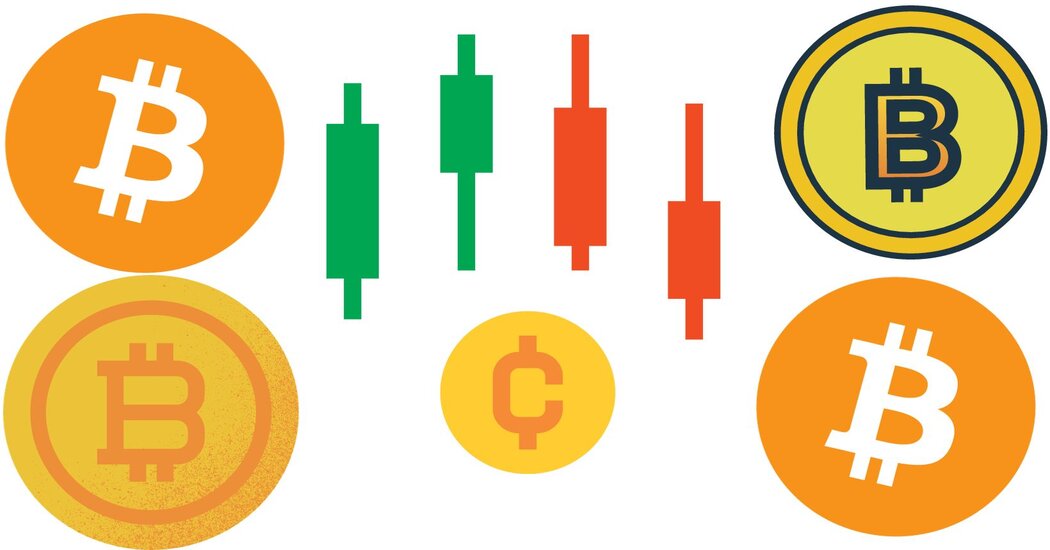Bitcoin, the pioneer of cryptocurrencies, has captured the world’s attention since its inception in 2009. Over the past decade and a half, BTC has evolved from a mysterious digital experiment to a global financial phenomenon, sparking debates, controversies, and financial opportunities along the way. In this article, we will delve into the fascinating world of BTC, exploring its history, technology, impact, and the challenges it faces as it continues to shape the future of finance.
The Birth of Bitcoin (BTC)
To understand Bitcoin’s significance, we must begin with its enigmatic creator, Satoshi Nakamoto. In 2008, Nakamoto released a whitepaper titled “Bitcoin: A Peer-to-Peer Electronic Cash System,” introducing the concept of a decentralized, digital currency that operates without the need for intermediaries like banks. On January 3, 2009, Nakamoto mined the first BTC block, known as the “genesis block,” and with it, the BTC network was born.
Bitcoin’s Technology: Blockchain
At the core of BTC lies a revolutionary technology called the blockchain. A blockchain is a decentralized ledger that records all Bitcoin transactions. Unlike traditional banking systems, the blockchain is maintained by a distributed network of computers (nodes) rather than a central authority. Each block contains a set of transactions, and once a block is added to the chain, it becomes immutable, making it highly secure and resistant to tampering.
Mining and Decentralization
Bitcoin’s security and decentralization are maintained through a process known as mining. Miners use powerful computers to solve complex mathematical puzzles, adding new blocks to the blockchain and validating transactions. In return, miners are rewarded with newly created Bitcoins and transaction fees. This process ensures that no single entity can control the BTC network, making it censorship-resistant and immune to government interference.

The Halving
One unique aspect of Bitcoin’s design is the halving event, which occurs approximately every four years. During a halving, the number of new Bitcoins created as mining rewards is cut in half. This scarcity mechanism is hard-coded into Bitcoin’s protocol and serves to control inflation and create a sense of digital scarcity. The most recent halving took place in May 2020, reducing the mining reward from 12.5 to 6.25 Bitcoins per block.
Bitcoin’s Impact
Bitcoin’s impact on the world has been profound and far-reaching. Here are some of the key areas where BTC has left its mark:
- Financial Inclusion: Bitcoin has the potential to provide financial services to the unbanked and underbanked populations worldwide. Anyone with an internet connection can access and use BTC, opening up financial opportunities to millions who were previously excluded from the traditional banking system.
- Store of Value: BTC has been hailed as “digital gold” due to its limited supply and increasing adoption as a store of value. Many investors and institutions view BTC as a hedge against inflation and economic instability.
- Remittances: Bitcoin’s low transaction fees and borderless nature make it an attractive option for cross-border remittances. It offers a faster and cheaper alternative to traditional remittance services.
- Financial Sovereignty: BTC empowers individuals to have full control over their wealth. Users can hold their private keys and make transactions without relying on banks or intermediaries, giving them greater financial sovereignty.
- Speculation and Investment: BTC price volatility has attracted traders and investors seeking profit opportunities. Its price has experienced significant fluctuations, leading to both success stories and cautionary tales.
- Blockchain Technology: Beyond BTC, blockchain technology has found applications in various industries, including supply chain management, healthcare, and voting systems. It has the potential to increase transparency and reduce fraud in these sectors.
Challenges and Criticisms
While BTC has garnered immense popularity, it faces several challenges and criticisms:
- Volatility: Bitcoin’s price volatility remains a concern for many. Sharp price fluctuations can make it a risky investment and hinder its adoption as a stable currency.
- Regulation: Governments around the world are grappling with how to regulate cryptocurrencies. Some see it as a disruptive force, while others aim to integrate it into their financial systems.
- Energy Consumption: BTC mining consumes a significant amount of energy, leading to concerns about its environmental impact. Efforts are underway to make BTC mining more energy-efficient.
- Scalability: The Bitcoin network faces scalability issues, resulting in slower transaction processing times during periods of high demand. Various solutions, such as the Lightning Network, aim to address this problem.
- Security Concerns: While Bitcoin’s blockchain is considered secure, users must exercise caution to protect their private keys and wallets from theft and hacking.

The Future of Bitcoin
The future of BTC is rife with possibilities and uncertainties. Here are some potential scenarios:
- Mainstream Adoption: BTC could continue to gain acceptance as a mainstream asset class, attracting more institutional investors and becoming a staple in diversified investment portfolios.
- Integration with Traditional Finance: Traditional financial institutions may increasingly offer BTC-related services, such as custody, trading, and lending, further legitimizing its place in the financial system.
- Technological Advancements: Ongoing developments in Bitcoin’s technology, such as the implementation of the Lightning Network and Schnorr signatures, could improve scalability and transaction efficiency.
- Global Regulation: Governments worldwide will continue to shape the regulatory landscape for cryptocurrencies, which could either facilitate or hinder Bitcoin’s growth.
- Competition: As the cryptocurrency space evolves, BTC faces competition from other cryptocurrencies and blockchain platforms, each with its unique features and use cases.
BITCOIN (BTC) PRICE
BITCOIN (BTC) LIVE PRICEConclusion
Bitcoin’s journey from an obscure whitepaper to a global financial phenomenon is a testament to the power of innovation and decentralization. While it faces challenges and criticisms, BTC has undeniably changed the way we think about money, finance, and the role of central authorities. Whether it becomes a cornerstone of the global financial system or remains a niche asset, its impact on the world of finance is undeniable, and its story is far from over. As we navigate the ever-evolving landscape of BTC, one thing remains certain: it has opened the door to a new era of digital finance, and its influence will continue to shape the future of money.
MORE UPDATES : – Pi Network : New Era in Digital Currency
Worldcoin (WLD): The Future of Global Digital Currency
Bitcoin : A Journey Through the Cryptocurrency Revolution
Blockchain Technology: A Revolution in Trust and Transparency
